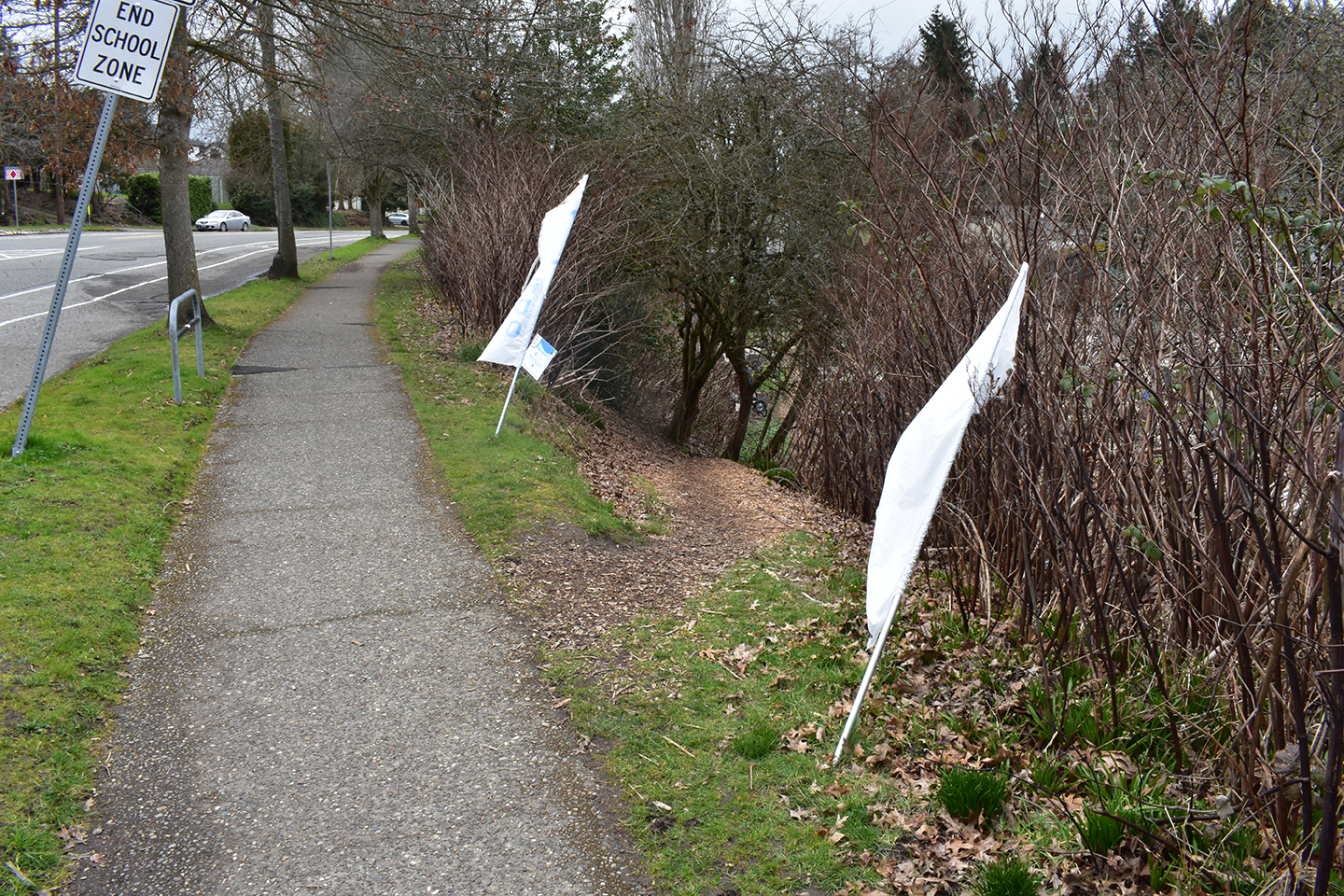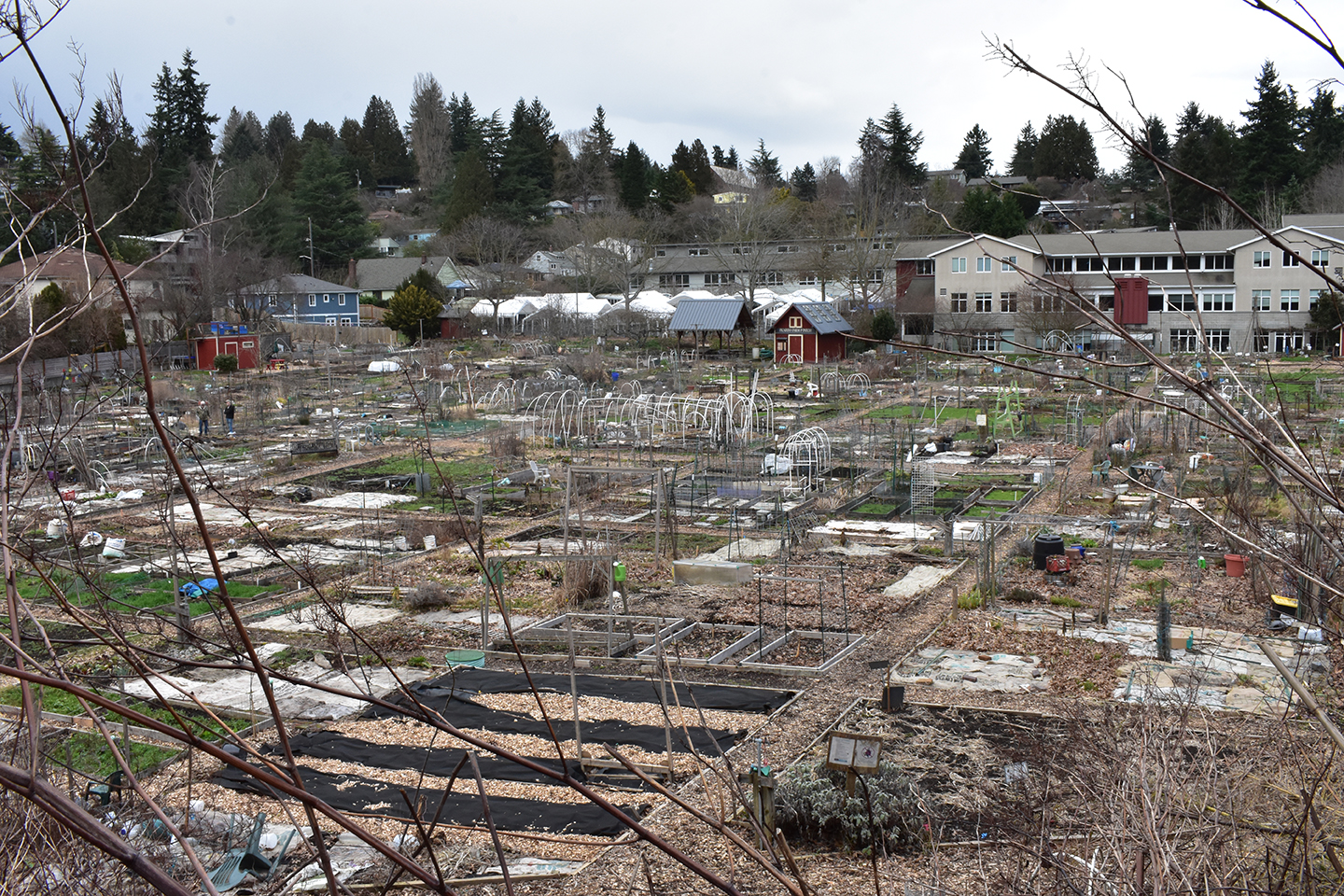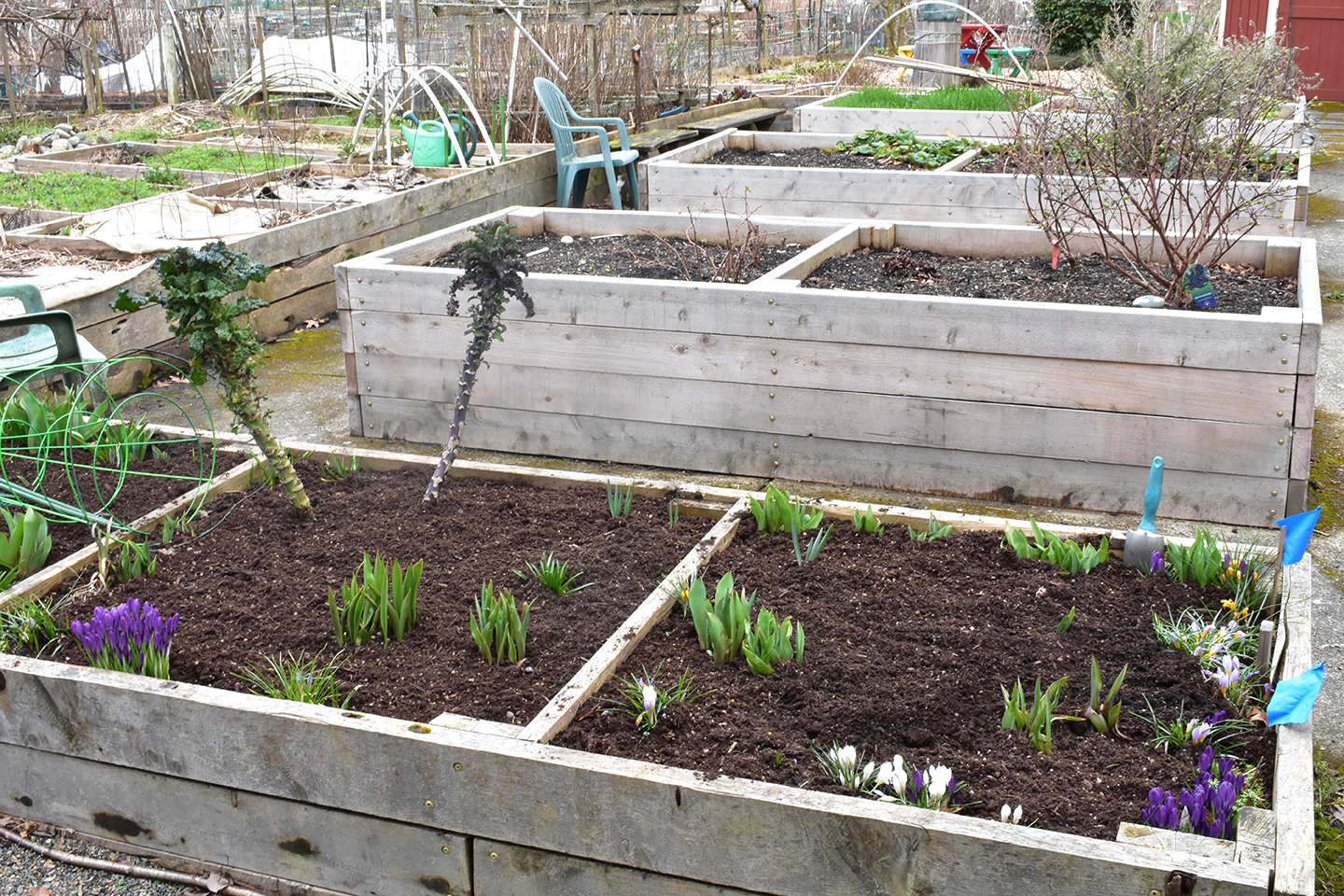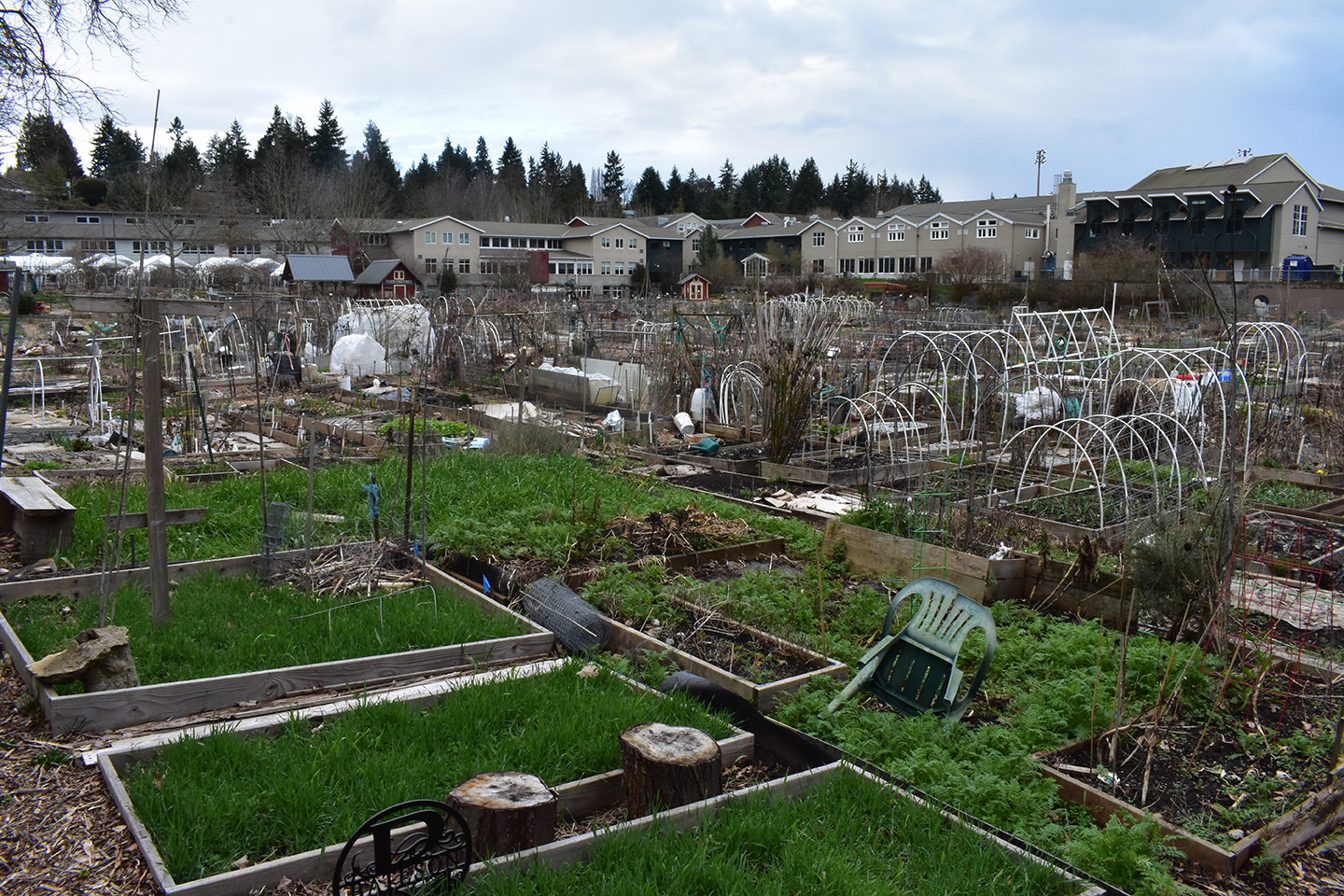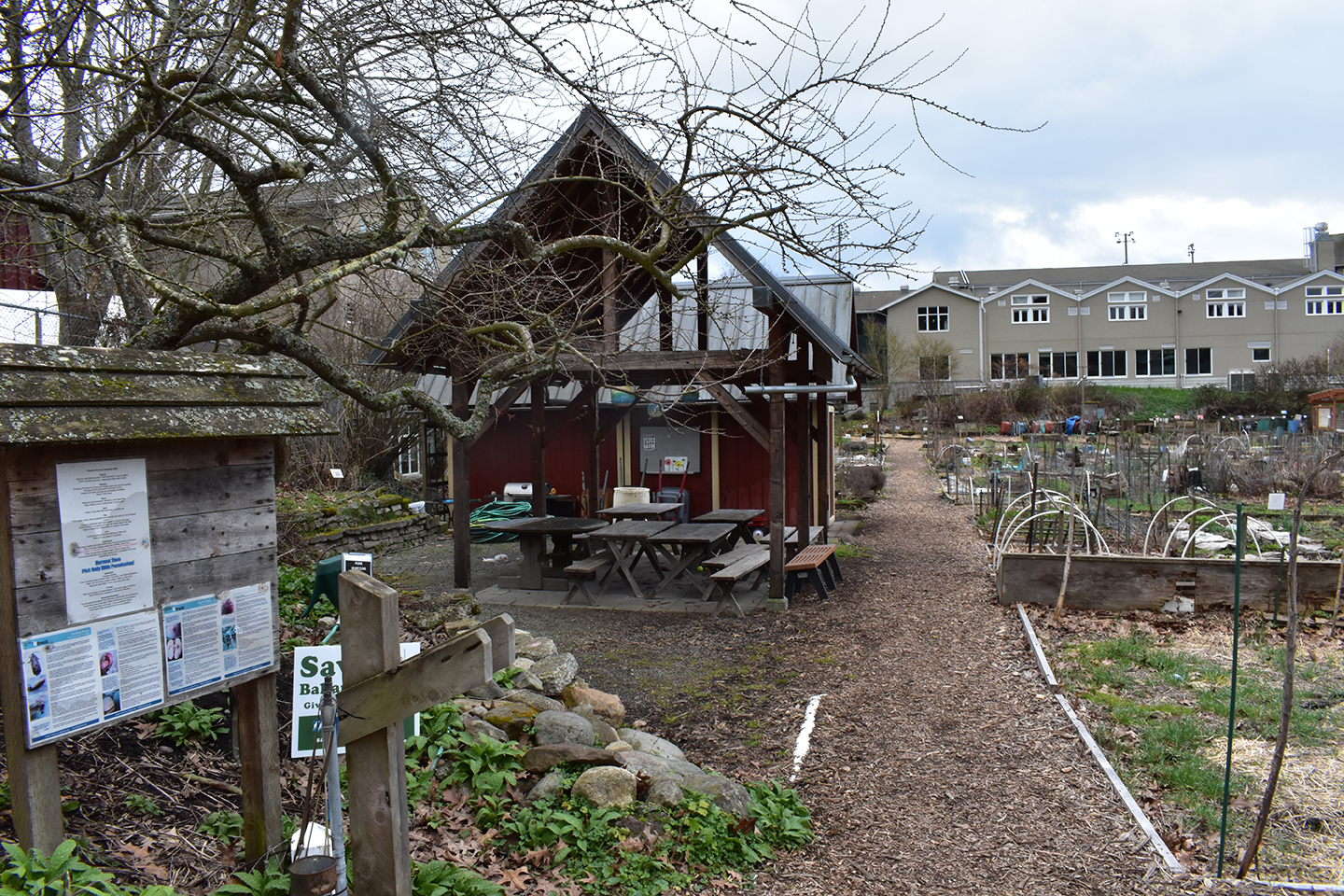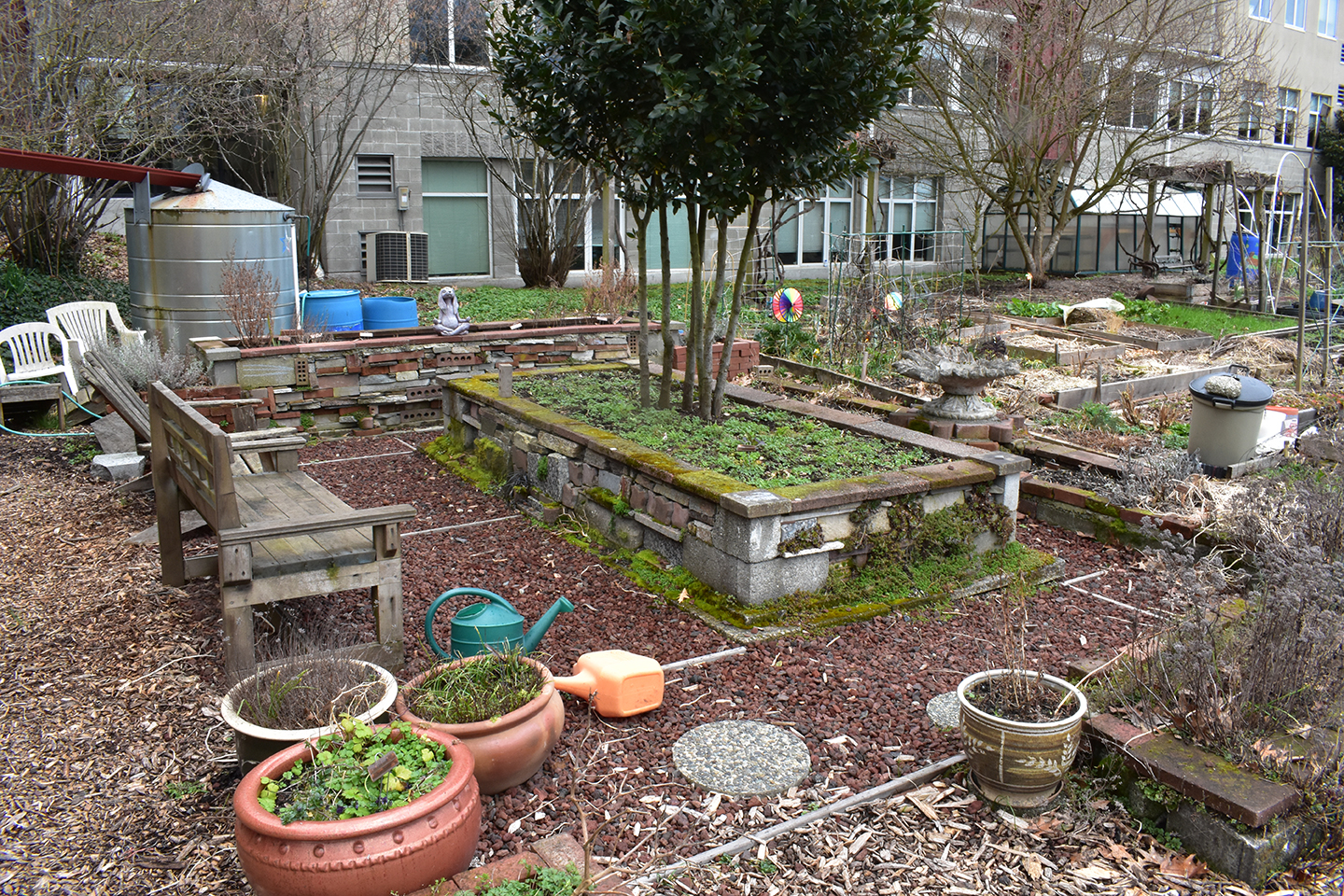- Garden Sharing Pivot
I've been interested for several years in how to make garden space available for city dwellers who don't have access to gardening and its associated benefits. My city, Seattle, has a robust public p-patch program, but it is overburdened. I'm told that applicants often must wait more than a year for a plot, and some beloved p-patch gardens with long histories have recently been threatened by development due to the increasing value of alternative uses.
Public garden programs such as Seattle's p-patch program typically give preference to underserved populations. That leaves out many city dwellers who don't have access to yards or garden space. Population shifts due to the covid pandemic may have slowed demand for garden plots somewhat, but demand will inevitably rebound as the pandemic subsides.
The future zeitgeist is likely to be dominated by intensifying climate change and its associated consequences. Conservation and individual responsibility through collective action will become main topics of public conversation. Social activities that are fun, healthy, and beneficial for the planet, already trendy and in high demand, will become more so as younger generations confront the existential nature of the threat. Gardening is a great way for individuals to take action against the climate crisis, and also a great therapy for its emotional effects. An app that provides the right experience and vision to grow urban gardening could become very popular.
The idea began as a simple way for gardeners to find and rent garden space from landowners looking to make extra money, similar to the Airbnb model. It has pivoted several times in an ongoing process. This document provides a brief project history, an update on its status, and a call to action.
- Does Garden Rental Make Sense?
One obvious difference from the Airbnb model is the length and recurrence of the commitment. Instead of many short-term tenants in a single season, there is typically only one tenant per plot for a garden season. Garden rentals likely don't serve a sufficient number of clients per season per property to be attractive as a business opportunity for landowners.
It's difficult to place a dollar value on urban gardening for would-be renters. The benefits are many and undeniable, but hard to quantify. The viability of the idea ultimately comes down to dollars/square foot, but the cost of land suitable for gardening is already expensive and likely to go up as urban populations and population density continue to increase globally. As urban population densities increase the idea of urban garden rentals might not be financially sustainable without government support.
The number of clients per garden could be increased by sharing garden plots, but a traditional motivation for gardening, other than subsistence, is the pride in planting and nurturing the crop. It could be a challenge to sustain or replace this motivation in a shared model. Gardener match-making for shared plots could be an issue (or perhaps an opportunity for a different kind of app), and there might be too few self-organized groups of renters to sustain a business. Market research would be helpful to weigh these concerns.
Smaller landowners might be disinclined to turn over their yards to strangers. Larger parcels of land that could be subdivided into multiple garden plots face greater competition from alternative uses that likely are more lucrative and more easily managed. There could be other complications for landowners as well. Again, market research is needed.
- The P-patch
I've partnered with design researchers and accompanied them on contextual studies, I've helped to plan usability studies as a Product Designer at Microsoft, and I've studied design research techniques for my certificate in User-Centered Design, but I tried to interview someone from the Ballard p-patch for this project and, as an individual working on my own behalf, it was difficult to gain their trust.
After that experience I imagined myself standing outside the downtown PCC near Amazon's headquarters trying to interview shoppers, or trying to get meaningful data from online surveys, etc., and none of the ideas felt right to me. I also felt there was a lot more I should know about the city's p-patch program before going much further with the idea, and that option was much more accessible.
A Leap
I thought that becoming a p-patcher might be too long a process for my project's timeframe, but it also felt necessary. I applied, and was offered a plot sooner than expected, and at one of the flagship gardens in the program.
Maybe the covid pandemic had something to do with my shorter-than-expected wait. I was offered a plot in March of 2020. It turned out to be a particularly bad year to research the normal p-patch experience.
My initial goal was simply to meet and talk with other gardeners, but the usual social activities and meetings were curtailed by the pandemic. My orientation was a walk-through at the garden for about a half hour with a volunteer. I needed more engagement, but I didn't want to get involved with politics, city government, seeking permissions, etc. I had previously volunteered to be a nature guide for a city parks program and the bureaucratic nature of that experience was an unpleasant memory.
My project felt detoured, if not dead-ended, and there was nothing left to do but to start gardening.
First Impressions
One of my first observations as I began to tend my plot was that I wasn't getting the same therapeutic feelings I remembered from gardening in my former back yard. Instead of a sanctuary, I felt exposed, conspicuous, and confined in my 10 foot by 20 foot allotted space within the much larger garden. I began to wonder if my whole idea had been a mistake.
I pressed on. I planted assorted vegetables and hoped to meet other gardeners, but chance meetings were few and far between. As my crops grew and I fell more into the routine of tending them, the stressful feelings from being a stranger in the space began to subside, but still I worried I was not meeting other gardeners nor doing useful research for a garden rental app.
- Pivoting
Thinking back to my analysis of garden rentals, I remembered wondering about shared garden plots. Could they make sense in the p-patch? I imagined all sorts of fun experiences with teams and projects across a range of possible objectives, including soil carbon management. I began to consider pivoting from garden rentals to other opportunities focused on climate change. My situation in the p-patch afforded more effective and accessible research opportunities for that than for renting gardens to non-gardeners.
Carbon Capture
Although I felt instinctively that gardeners could help provide solutions to climate change I didn't know specifically how. I began keeping a Trello board of information snippets about climate change, carbon capture, agriculture, etc., that I collected over time from Twitter and other sources.
I learned that improved agricultural practices can store enough carbon in soil to make a difference against climate change, and that the market for carbon offsets acquired via these practices is a big business. But carbon offsets are controversial; critics claim they are often overstated or non-existent and used as a license by big carbon emitters to continue emitting unabated.
I began to think about opportunities among the differences and similarities between large land owners and the hundreds of millions of small-plot gardeners around the world. How might a mobile app for small-plot gardeners help address some of these issues? It seemed it should be based on a before-and-after approach to verify the effects of the gardener's efforts to increase soil carbon in their plot.
By coincidence I happened to see a tweet from a climate scientist about gardening to increase soil carbon. I naively asked if there were any easy, cost-effective ways to measure it. To my surprise the question spurred multiple replies from experts, one even suggesting it was a "good small business [idea]".
I hadn't realized it was such an important topic: "Concerns about the permanence of sequestered SOC, long-term changes in agricultural systems and the difficulty of detecting improvements have hitherto limited the attention given to SOC sequestration."
Carbon Measurement
Soil carbon measurement is one of the main points of controversy in agricultural carbon offsets. Both of the main methods are complicated, time-consuming, and costly. The method considered best involves weighing a soil sample before and after burning it to remove all the carbon and comparing the weights. Besides its complexity, one of the main problems with this, and other methods, is that accuracy requires many, regularly spaced soil samples across the land area for which soil carbon is being measured. This indicates inherently less accurate measurement for larger land areas.
Maybe the land-area part of the problem could be a fulcrum for solving it. It would be much easier and more accurate for gardeners to measure the soil carbon in a small garden plot than for large-scale ranchers and farmers to do the same for their lands. The right tool in the hands of gardeners might be able to make a real contribution to climate change mitigation, both directly by helping to capture carbon in gardens, and in helping to research and develop measurement processes for larger land areas. Land-area aside, identifying a viable measurement process remains a challenge. Burning and weighing soil samples would be a non-starter.
I tried to envision other ways of measuring soil carbon that might work for gardeners. They would need to be cheap, quick, and easy. The other main method for measuring soil carbon involves titration, in which "one solution of a known concentration is slowly added to a known volume of another solution of unknown concentration until the reaction reaches neutralization, which is often indicated by a color change."
This suggests a probe that changes color or otherwise sends a signal to indicate carbon levels when inserted into the soil. I also discovered that work is being done to enable carbon sensing via specialized processing of digital photography.
I was excited by these possibilities, but I didn't know the feasibility of their practical application. Pursuing them would require more time and resources than I have available, and an app design based on undeveloped technology could be just a lot of hand waving.
- Another Pivot
Shared plots are not a feature of the p-patch program. I worried that would complicate the idea of team projects. It took me a while to realize that the plots are small enough to allow the same result by forming groups from multiple plotholders instead of requiring multiple gardeners for a single plot. With this in mind I felt more comfortable about the idea of team research projects since they shouldn't require permission. Remembering my earlier efforts to interview stakeholders though, I determined it best to go slowly.
Maybe Not an App
In the winter after my first p-patch season I began to interact more with the garden email list serv, attend meetings, and meet more people. I learned that Picardo p-patchers are generally concerned about climate change and eager to take action, but also difficult to organize from the top down.
My ideas about teams and research for an app began to seem unnecessary. For instance, Picardo p-patchers already had a well developed compost and soil carbon program, and were both proud and protective of it. Still, how could one garden's efforts make an impact on a global scale?
The solution for making a global impact through better gardening clearly lies in marshalling the vast number of gardeners worldwide. The mobile app idea has global reach, but maybe the app itself is not needed. It's reasonable to believe that other local p-patchers and community gardeners worldwide are also concerned and prepared to take action. Maybe all that's really needed is a better way to connect them.
Gardeners as Fungi
There are already a great many garden organizations, websites, and networks online, but none stand out clearly for the the goal of connecting community gardens worldwide to fight climate change.
I inquired about the garden's web and social media presence, and learned that there is a website for the garden and some unofficial social media accounts, but they aren't regularly updated or promoted. Social media account holders have come and gone, passwords have been lost, etc. The website was created by one of the garden's leaders, but, as I understand it, the funds for the site are paid sporadically by a partner non-profit. The ownership situation makes the site's voice and purpose unclear.
I was told there was a possibility that I could help with the site, so I met with its owner. We discussed what I had in mind: a website for Picardo Garden that would be one node of a global network of community-garden websites focused on fighting climate change.
They exclaimed, "Like a mycelial network!" I was happy at their enthusiasm and we went on to discuss the problem of an entity to own the site. They agreed to raise the subject with other garden leadership.
Nonprofit Entity
There is no public funding for individual p-patch gardens to have their own websites, and the governance of the gardens does not address the topic of gardens forming entities to own web sites and social media accounts. It's up to each individual garden to figure that out, or not.
The garden's leadership liked the idea of a mycelial network of community gardens. To my surprise it was brought up at one of the monthly garden meetings in the spring of 2021, and I was asked to speak about it. I wasn't prepared, so I quickly described the idea. I'm not sure how clear or persuasive I was. Most of the dozen or so attendees nodded their agreement, and there was talk of creating a 501c3, but for lack of a clear next step, we moved on. This scenario repeated itself once or twice more at subesquent garden meetings, and it dawned on me that I owned the project to create a 501c3 to own the garden's website.
It was a lot more than I had bargained for, but it was my idea and no one was pushing me on it. Eventually life intruded on my agenda. There were other projects demanding my attention and I had to move on.
- Call to Action
As I write this in February of 2022, and we prepare for the start of a new garden season, climate change is again on my mind. I recently saw a Twitter conversation reminding me of the need for cheap and easy soil carbon measurement. Temperatures last summer in Seattle reached an astounding 109 degrees Fahrenheit. Temperatures in normally cool and damp British Columbia rivaled all-time highs of Death Valley. There really is no time to wait for all of us, both collectively and individually, to take action against climate change.
I still don't know how to start a 501c3, but I've had time to pull together my thoughts on this project, and to write this history of it. I've decided to share this document with the Picardo community and to make this an 'open-source' project. I can't be the sole owner. Let's get this done together.
Picardo Garden needs more than its current email listserv to make a meaningful impact on climate change. We can't do it as just one garden. But there is great opportunity to reach out to community gardeners worldwide via the internet, and together we can make a difference.
We should create a non-profit entity to own a website for Picardo Garden as the first node in a 'mycelial network' of community gardens worldwide, to promote the idea of gardeners coming together to fight climate change, and to help other community gardens establish their own network nodes to do the same.
There are many questions to address: What are the issues involved?, what expertise is needed?, how can we keep track of the input?, how could we manage the process?, etc. I've recently seen on Twitter that some people are using GitHub for contributing and version tracking on non-software projects, but that might be too complicated. There are many other free tools available. I suggest that we set up somewhere on the internet, separate from the email listserv, for people to collaborate on the effort without creating too much of a distraction for those who just prefer to garden. I can get us started with that if we determine a preference.
Fellow Picardo p-patchers, let me hear your thoughts. Who's interested and can lend a hand in creating a 501c3 as an entity to own a website for the Picardo Garden p-patch as the first node in a virtual mycelial network of community gardens to address climate change?
